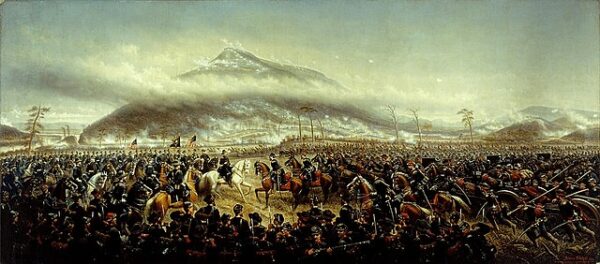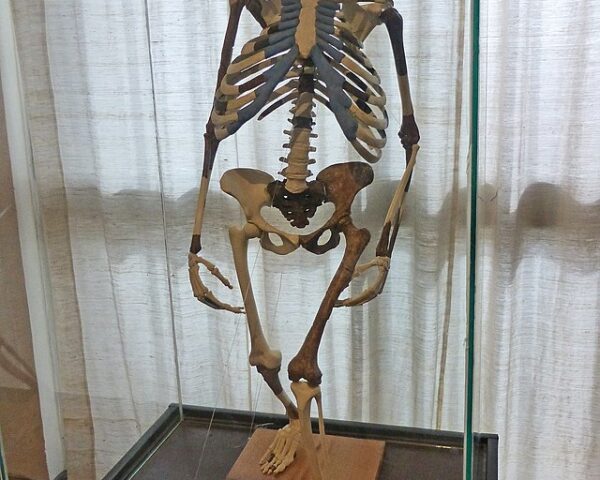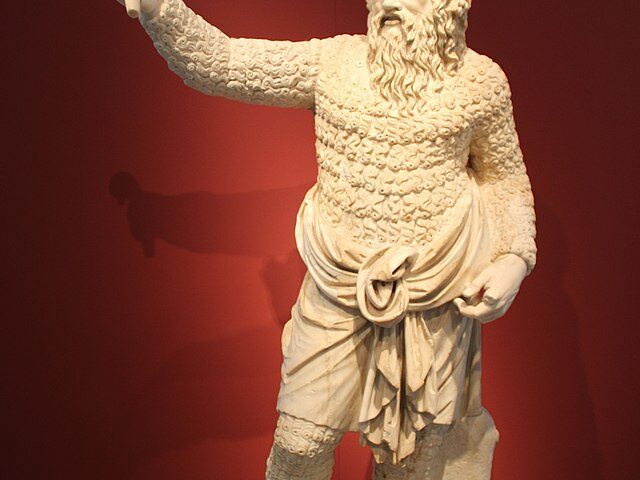On April 19, 1956, the world watched in rapt attention as Hollywood royalty became actual royalty. In a union that seemed plucked from the script of a romantic film, American actress Grace Kelly married Prince Rainier III of Monaco, transforming from an Oscar-winning screen icon into Her Serene Highness, Princess Grace of Monaco. Their wedding was not only the most glamorous event of the decade but also a geopolitical moment, merging the mythos of American celebrity with the ceremonial gravitas of European monarchy.
Grace Kelly was at the height of her cinematic career when she first met Prince Rainier in May 1955, during the Cannes Film Festival. A star of Alfred Hitchcock classics like Rear Window and To Catch a Thief, Kelly had cultivated a screen persona of cool elegance and impeccable poise—qualities that mirrored her real-life manner. The two were introduced during a photo shoot arranged by Paris Match, and though the meeting was brief, it sparked a year-long transatlantic courtship conducted largely through letters. By Christmas, Rainier had traveled to Philadelphia, where Kelly’s family resided, to propose.
Rainier, thirty-two at the time, was the sovereign of a tiny but symbolically potent principality on the Mediterranean coast. Monaco, while opulent and picturesque, was in financial straits. The marriage was as much a personal union as it was a strategic one: marrying an American movie star brought instant publicity, tourism, and a revitalized identity for Monaco, which had long been viewed as a fading Riviera retreat.
The nuptials were staged as a two-day affair, beginning with a civil ceremony on April 18 and culminating in a grand religious wedding on April 19 at Monaco’s Saint Nicholas Cathedral. The Vatican granted a special dispensation allowing the devout Catholic actress to wed the Catholic prince, a requirement under Monaco’s dynastic laws.
The religious ceremony—attended by 600 guests and broadcast to over 30 million viewers worldwide—was an astonishing spectacle. MGM, which had Grace under contract, filmed the event and treated it as one final “performance” before she retired from acting. Her dress, designed by MGM’s Helen Rose, took six weeks to make and incorporated 400 yards of fabric, including silk, lace, and thousands of pearls. With a high neckline, fitted bodice, and long, flowing train, the gown became one of the most iconic bridal designs of the 20th century.
Though the spectacle enchanted audiences, there were undercurrents of tension. Grace’s father, John Kelly, a wealthy contractor from Philadelphia, reportedly clashed with palace officials over wedding costs—he had to provide a dowry of $2 million to match Rainier’s expectations. Moreover, critics wondered whether Grace truly understood what she was giving up. At 26, she was retiring from a meteoric career after just six years and eleven films, having just won an Academy Award for The Country Girl and still riding a wave of box-office and critical success.
But for Grace, the decision was framed in terms of duty and destiny. “To have a future with this man,” she said, “I was prepared to give up everything.”
The marriage endured for 26 years until Grace’s tragic death in a car accident in 1982. During that time, she redefined the role of a modern royal, supporting the arts, engaging in philanthropy, and raising three children, including Prince Albert II, the current ruler of Monaco. The Kelly-Rainier union reshaped the global image of Monaco and symbolized a fleeting but potent postwar ideal: that glamour and grace, democracy and monarchy, could coexist, if only for a moment, under the same gilded roof.
Their wedding remains one of the most celebrated in modern history—an emblem of elegance, sacrifice, and the ever-blurring boundary between fantasy and real life.






